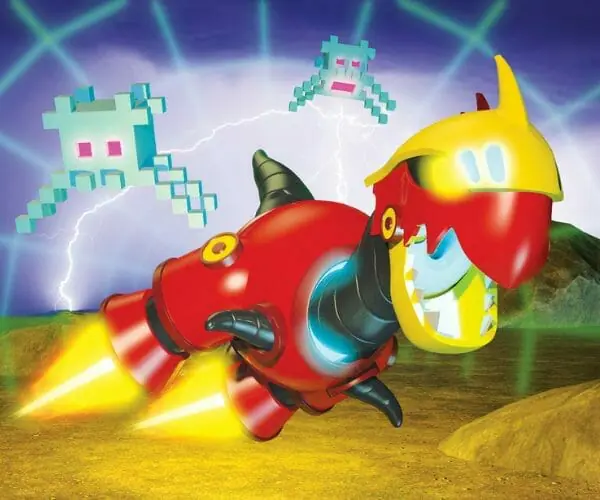Learn How to Create a 2D Platformer Tilemap in Godot (original) (raw)
In this tutorial, we will learn how to create a tile map for a platform game using the Godot game engine. Tile maps are essential when it comes to designing levels for platformers or any other grid-based games. We will be creating a simple tile map and then painting the level with the tiles that we have set up. This will lay the groundwork for our platform game environment.
Before starting this tutorial, make sure you are familiar with the following concepts:
- Using the Godot game engine and its interface. If you’re new to Godot, you can try out our Godot 4 Game Development Mini-Degree for a comprehensive look into the engine.
- Creating scenes and nodes
Table of contents
Project Files
To follow along with this tutorial, you can download the essential project files, including the tileset image, by clicking the link below:
Download Project Files Here

FREE COURSES AT ZENVA
LEARN GAME DEVELOPMENT, PYTHON AND MORE
AVAILABLE FOR A LIMITED TIME ONLY
Creating the Environment
Creating a tile map is an important step in setting up a platform game. It allows you to create a grid that can be used to paint with sprites. In this article, we will go through the steps of creating a tile map and setting up the environment for our platform game.
Creating the Tile Map
To begin, we need to create a TileMap node. To do this, go to the Scene tab and click on the plus sign.
We then search for the TileMap node and create it.
Once the tile map is created, go to the inspector tab and click on the tile set button to create a New TileSet.
This will open up the tile set window along the bottom of your editor. Here, we need to tell the tile map what sprites we want to use to construct our level. To do this, drag-and-drop the tiles-packed.png file into the white box.
If you get a popup, click yes. If the tile size appears wrong inside the Tiles editor, go to the Inspector window and change the Tile Size to 18 by 18. This will ensure that the sprites are correctly aligned, if you are using your own textures, you may want to use different values.
Then, in the Properties panel of the Tiles editor, change the Texture Resolution to be the same 18 by 18. This will make the grid match up with your tiles.
If you are using a custom tileset, it may have gaps in between the tiles. You can add this using the Separation and Margins options.
New to Godot and struggling to keep up with this tutorial? Our Godot 4 Game Development Mini-Degree provides a gentle learning curve and hands-on practice to help you master Godot basics.
Painting the Level
Now that the tile map is set up, we can begin painting the level. To do this, open the tile map window.
Then chose the Select tool in the editor (or use the shortcut Q), as this is the tool needed to draw our tiles on the Tilemap node.
Now if you Left-Click on the grid in the editor you can place tiles, or Right-Click to remove tiles. You can then select the tile you want to draw with from the Tiles panel and use them to construct the level.
In the next lesson, we will look at setting up our Player Controller so that we have a player that can walk around our level.
Tilemap Godot Process Wrap-Up
In conclusion, we have successfully created a tile map and painted our level using the Godot game engine. This will serve as the foundation for our platform game, allowing us to build upon it by adding player characters, enemies, and other interactable elements. You can further explore the possibilities of the Godot game engine by adding more levels, creating a more complex tileset, or incorporating other mechanics such as power-ups and collectibles.
If you’d like to expand your game development knowledge, you can check out Zenva Academy’s extensive library of online courses, covering topics such as 2D and 3D game development, virtual reality, and more. You may especially be interested in our Godot 4 Game Development Mini-Degree which teaches you Godot from the ground up – including many projects in popular genres. With these resources at your disposal, you can take your game development skills to new heights and create the games you’ve always dreamed of!
We hope this tutorial has been informative and useful, and we wish you the best of luck on your future game projects!
Want to learn more? Try our complete CREATE A 2D PLATFORMER WITH GODOT 4 course.
Did you come across any errors in this tutorial? Please let us know by completing this form and we’ll look into it!









